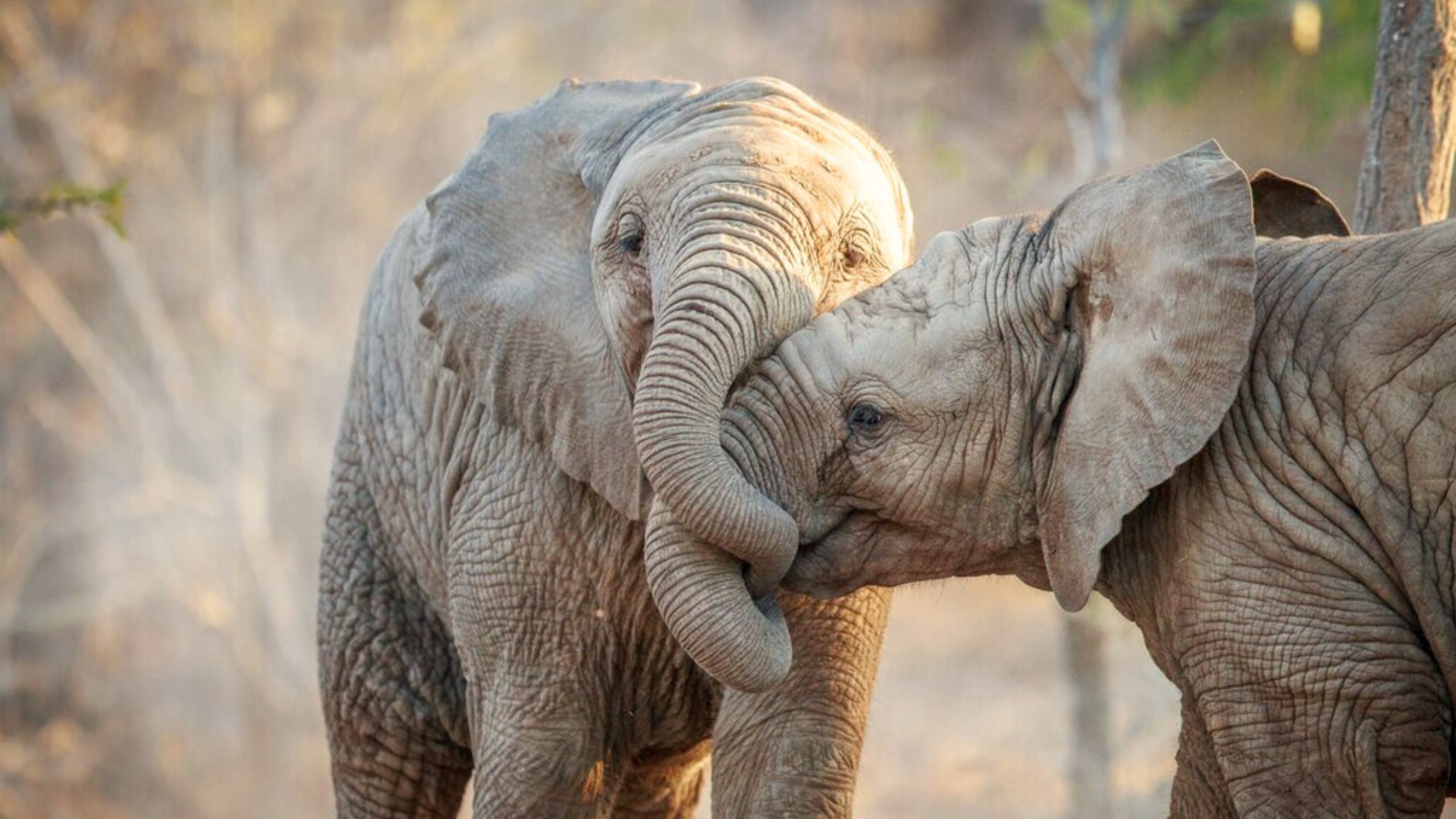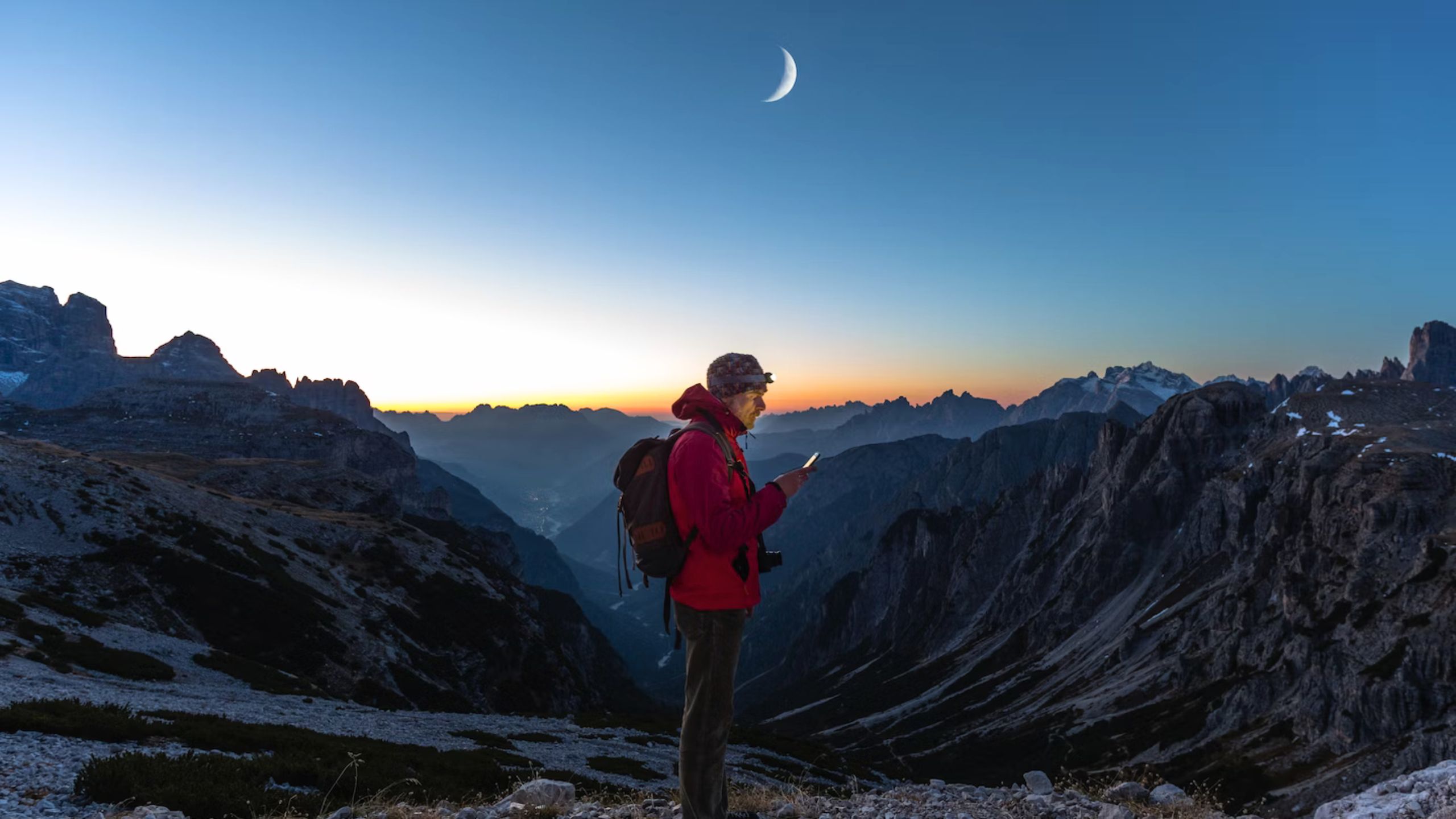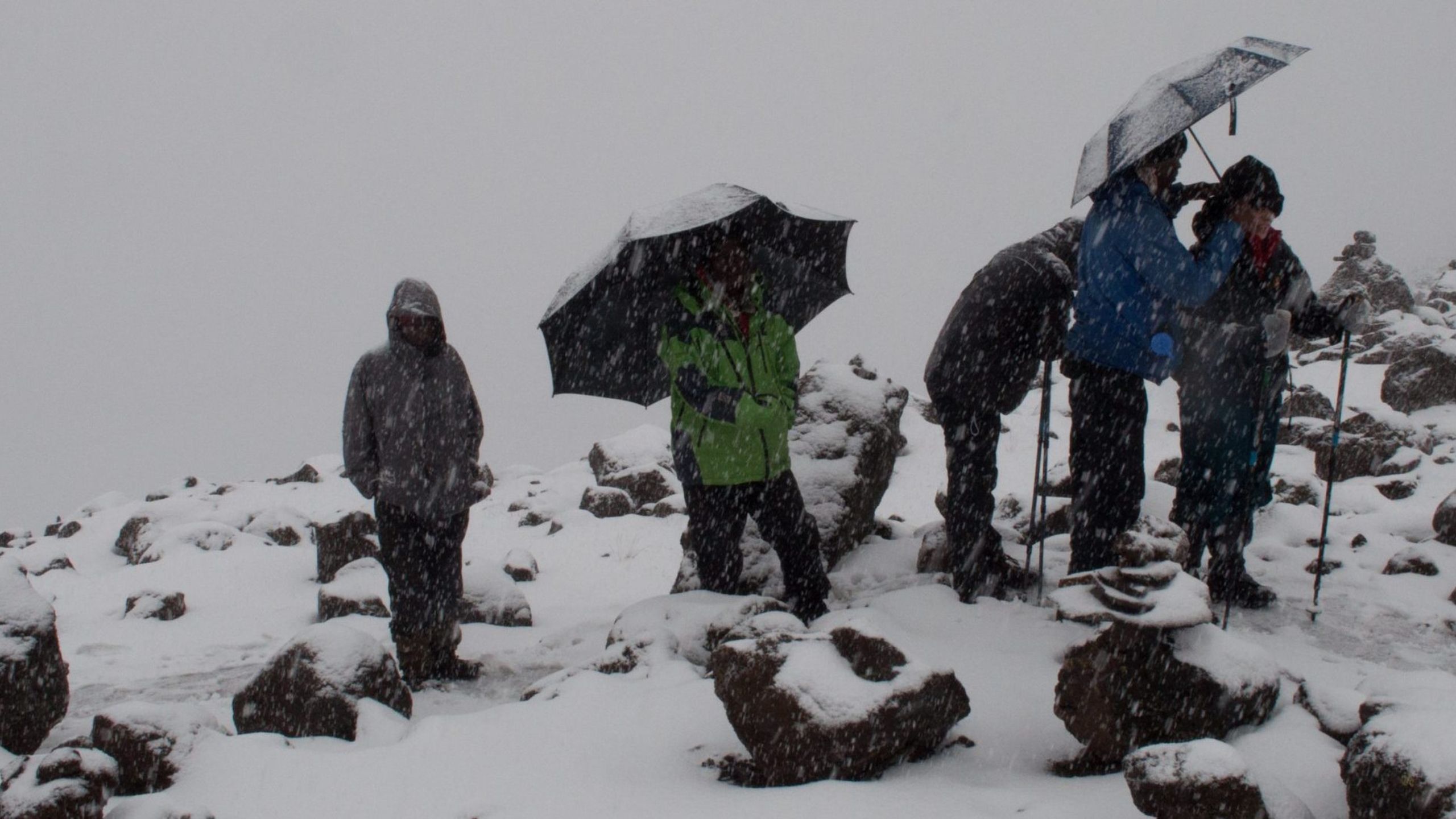Out of an estimated 1,500 active volcanoes, approximately 50 will Erupt every year, spewing steam, ash, and toxic gases into the atmosphere, and lava on to the surrounding landscape. This violent event reeks havoc to any human, animal and plant life nearby. It is estimated that about 250,000 people have died during the past two centuries as a direct consequence of volcanic eruptions.
If you are going to climb Kilimanjaro, a fair question to ask is whether there is any risk of Kilimanjaro erupting.
Can Mount Kilimanjaro erupt again?
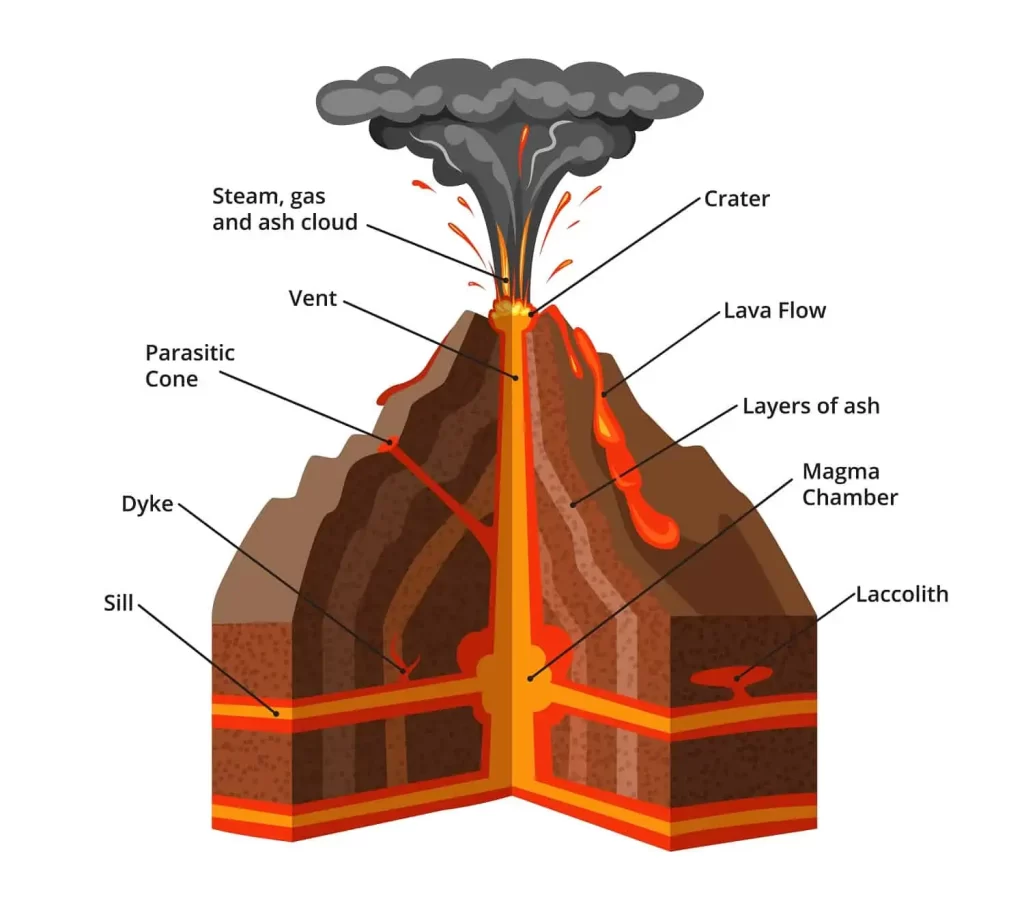
First, let’s discuss how the mountain came to be. Mount Kilimanjaro was formed 750,000 years ago. It began when magma, which is hot molten rock, from the Earth makes its way to the surface. When pressure on a magma chamber forced magma up through the volcano’s vents, it erupted. Over time, as the lava continued to flow, the mountain became larger and larger.
There are three volcanic cones that make up Mount Kilimanjaro – Shira, Mawenzi, and Kibo. Each is situated near the fault-line of two tectonic plates. After thousands of years of eruptions, Kilimanjaro’s volcanic cones died out.
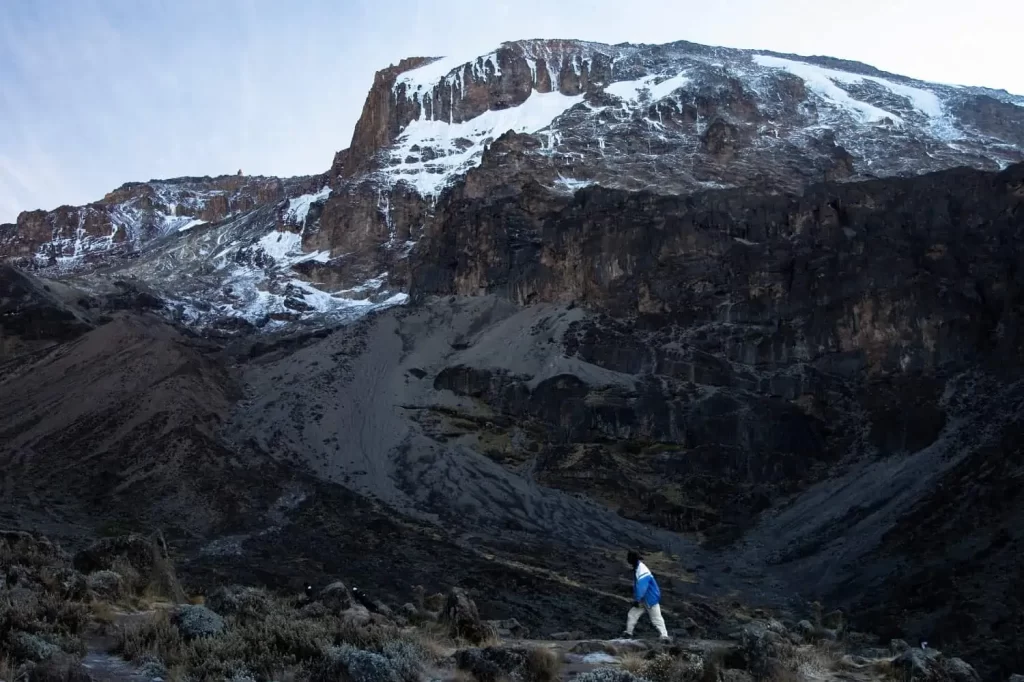
Shira became extinct 2.5 million years ago. The volcano was estimated to be between 16,000 to 17,000 feet high before it collapsed to form what is known as the “Shira Plateau.”
Kibo and Mawenzi began to Volcano 1 million years ago, forming the ridge now known as “the Saddle.” Then, Mawenzi expired around 450,000 years ago, after it reached the height of about 18,000 feet.
While Mawenzi and Shira are extinct volcanoes, the highest peak Kibo is dormant. In other words, Kibo could Volcano again.
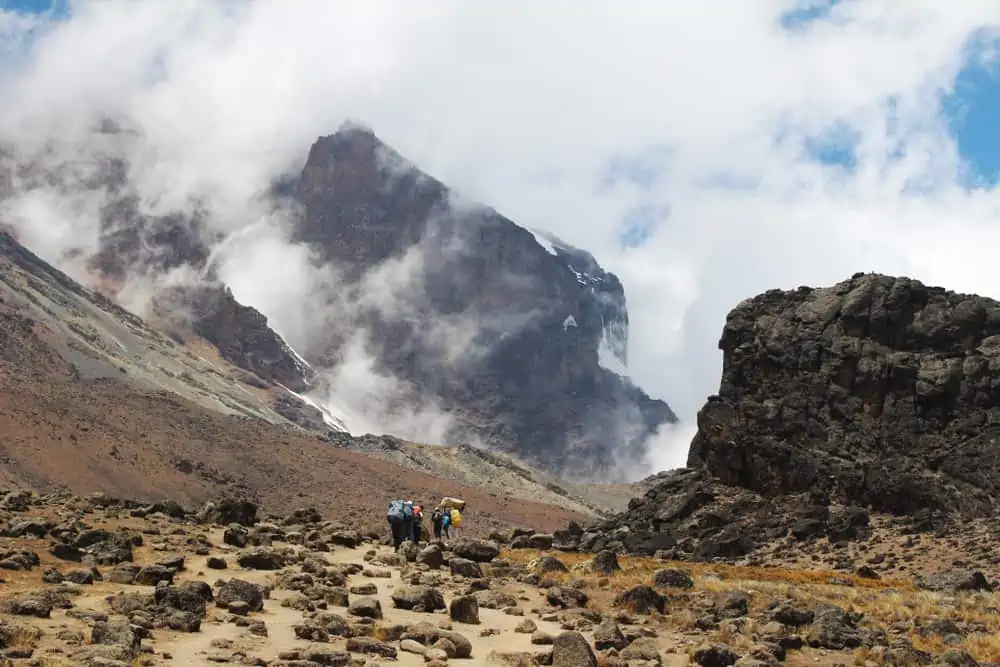
Though there haven’t been any major eruptions in recent history, there is still evidence of the activity happening in the mountains chambers. From Crater Camp and certainly from the ash pit, sulfurous gasses emit from fumaroles. In 2003, scientists reported that molten magma still flows 400 meters beneath Kilimanjaro’s summit.
When was the last time Kilimanjaro erupted?
The last major eruption from Kibo was 360,000 years ago. But its most recent activity was 200,000 years ago. The high point on the mountain is at 19,340 feet above sea level. However, scientists believe that the peak may have been even higher than when taking the effect of natural erosion caused by the elements.
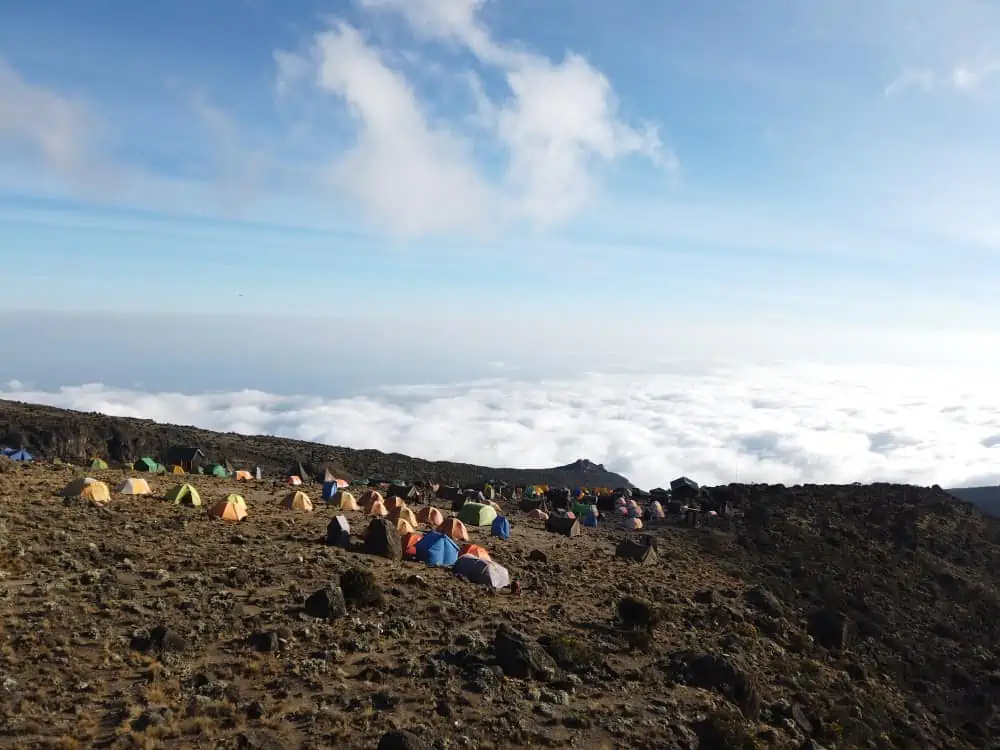
Someday, Mount Kilimanjaro could Volcano again or perhaps collapse under its own weight. However, scientists haven’t seen any signs that there will be any volcanic fireworks from the mountain in the foreseeable future.
Thus, if summiting Kilimanjaro is on your bucket list, you have nothing to fear. You may sniff a hint of sulfur in the air near the top, but otherwise, the mountain is still sleeping soundly. And you should try your best to do the same.
Where is Kilimanjaro?
Sometimes referred to as the Roof of Africa, Mount Kilimanjaro is located in the continent of Africa. In fact, Kilimanjaro is the tallest mountain in Africa, which makes it one of the Seven Summits. It is also the tallest free standing mountain in the world, meaning it is not part of a range.
It’s height measures 19,341 feet (5,895 meters) above sea level. In topography, prominence refers to the height of a mountain by the vertical distance between it and the lowest contour line encircling it but containing no higher summit within it. The prominence for Kilimanjaro is almost nearly the entire mountain iteslf at 19,308 feet (5,885 meters).
Latitude is a measurement on a map of location north or south of the equator. Longitude is a measurement of location east or west of the prime meridian. Kilimanjaro’s latitude is 3.0674° S. It is located just 190 miles (300 kilometres) south of the equator. Kilimanjaro’s longitude is 37.3556° E.




